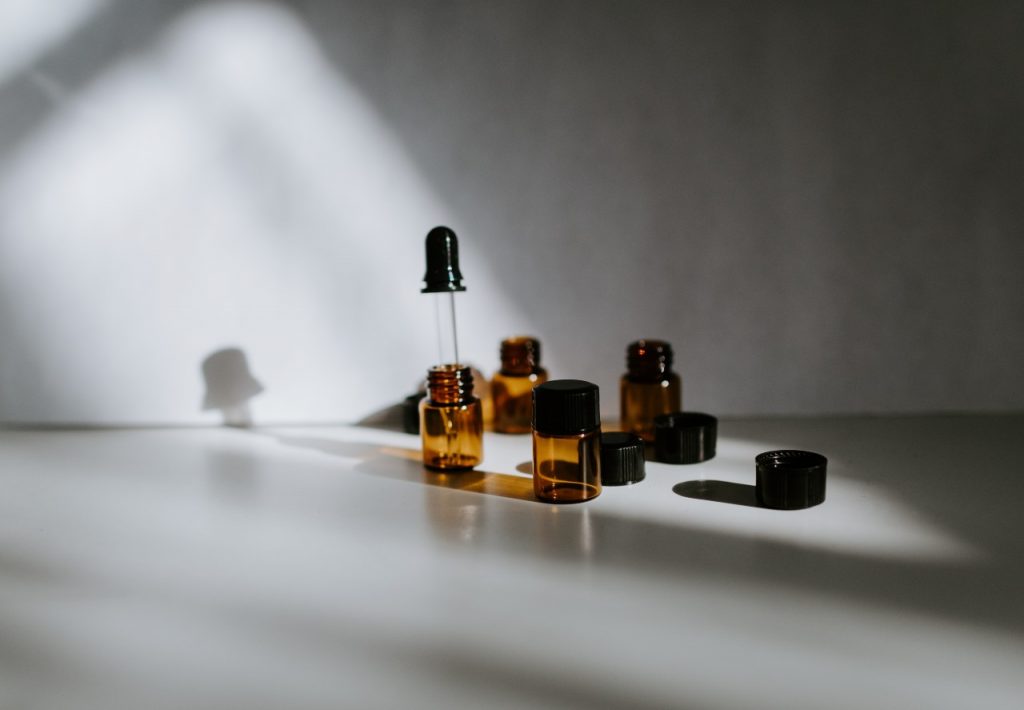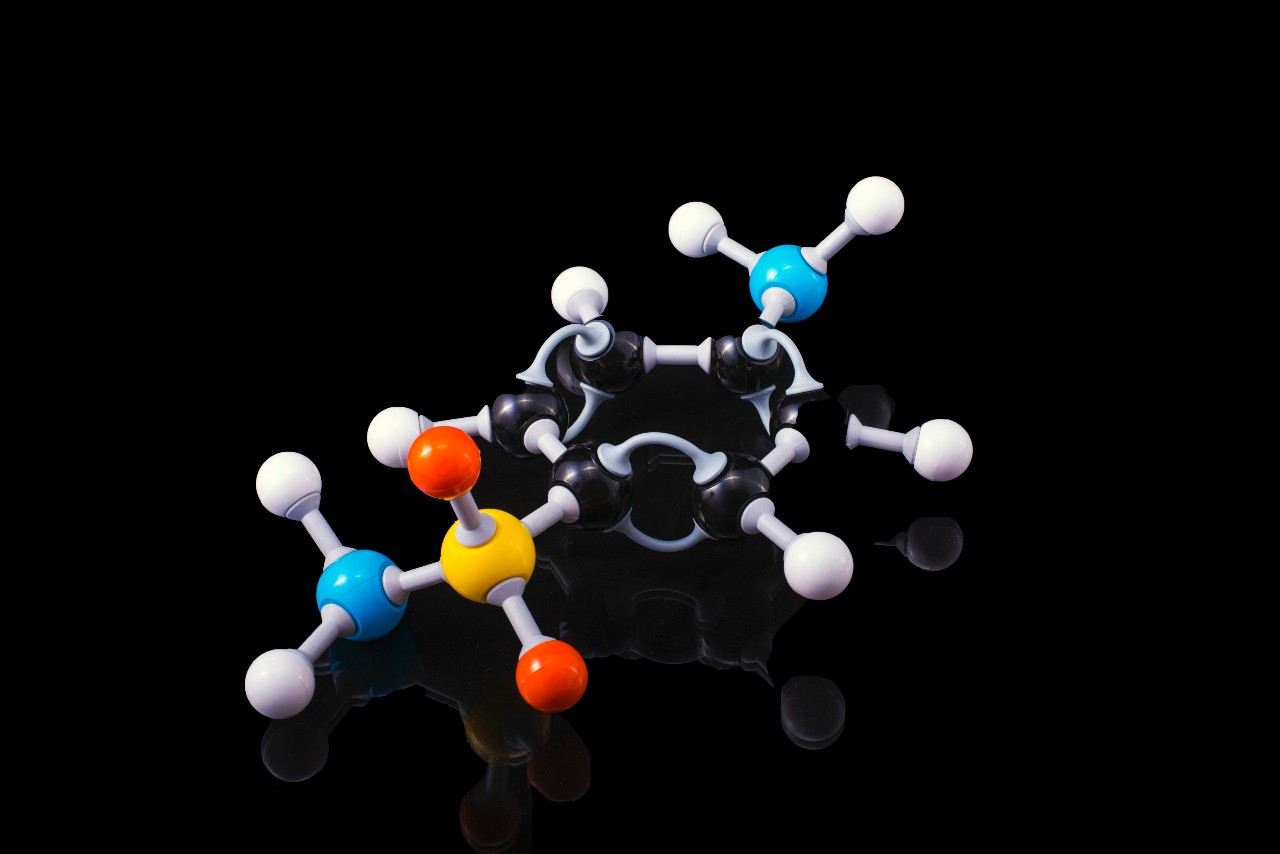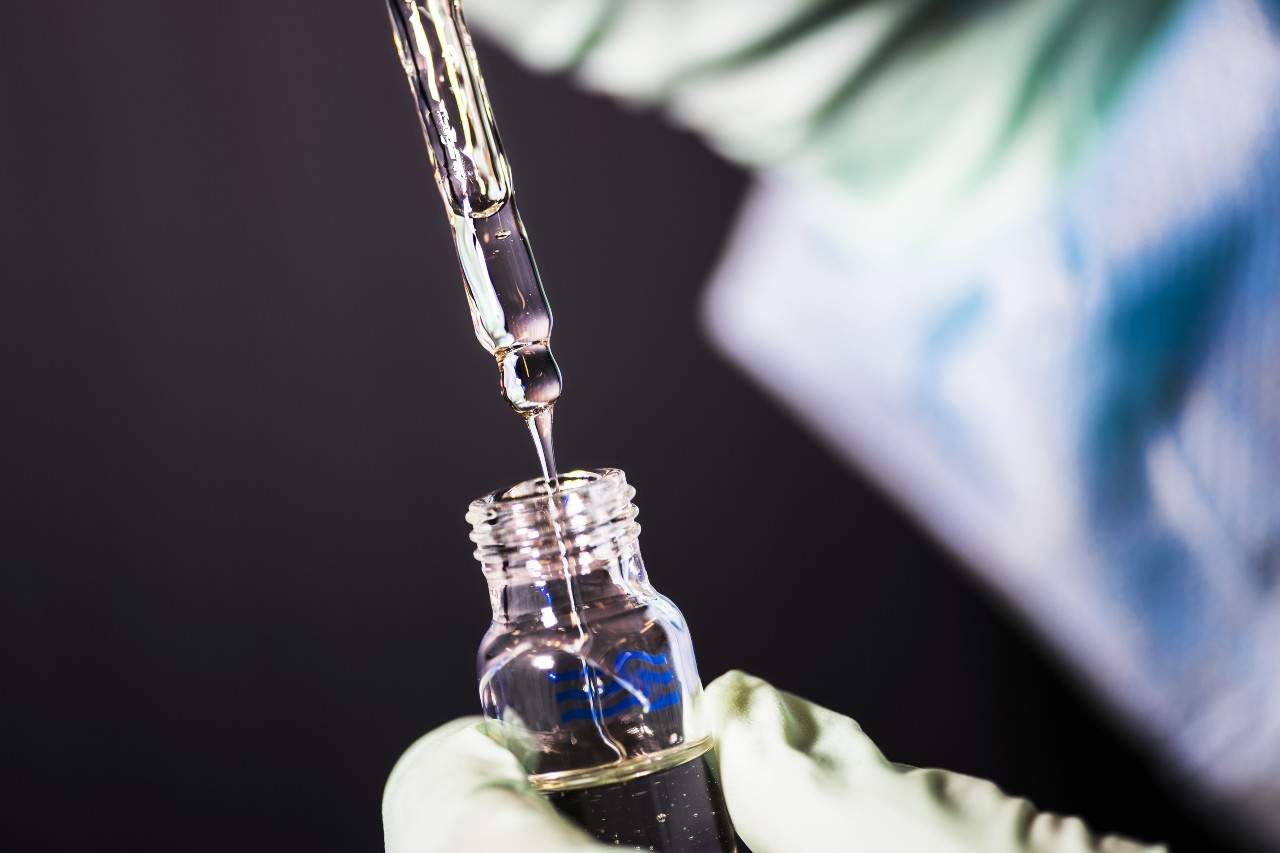There are many marvelous ideas on how to extend our lifespan – one of them is cryonics. However, cryonics is a unidirectional time machine: it can allow us to take a look at the future, but cannot revert time and change our past. For us this might not be so important – but it is for our DNA. If one goes to sleep with damaged DNA, then these damages will stay with them. Now, why is that undesirable?
The process of aging is very complex and is explained from different angles. One of the theories of why and how we age is DNA damage theory. DNA, as we know, is a script of proper cellular life. However, as with a paper script, its wear and tear is not inconsequential. Whether it’s a crumpled page here or there, some spilled coffee, a torn or bleached page – the result is a script that doesn’t look so fresh and is hard to read.
A similar thing happens to DNA. During our lives, DNA molecules in cells are being constantly damaged by various factors. Accumulation of these damages leads to impaired function of our cells. According to DNA damage theory, aging is just a consequence of these dysfunctions piling up.
What are these “damaging factors”?
There are plenty, actually. A cell is a complex chemical factory, the number of reactions taking place in it are beyond counting. It is no surprise that we get toxic side effects from these reactions. Sometimes toxins are synthesized on purpose, for example, to fight pathogens. And while cells protect DNA to the best of their ability, these are affected by free radicals more than 10,000 times per day causing naturally occurring DNA damages, which unfortunately we cannot avoid.
However, there are also external dangers, some of which are a part of our daily routine, for example, exposure to the sun. UV light was shown to cause DNA damage and acts in two ways:
- Directly affecting the DNA molecule, causing rearrangements in its structure and changes in interactions of atoms.
- Indirectly affecting DNA by turning other molecules into Reactive Oxygen Species, which then interact with DNA, causing rearrangements and…well, you get the picture.
Another “coffee stain” on our DNA script is caused by smoking. Cigarette smoke is a cocktail of dangerous chemicals. Some of them can interact with DNA, bind to it, and thus make it unreadable for the cells.
How can we reduce DNA damage?
Well, with external factors it is quite simple – We quit smoking and use sunscreen. Another useful thing we can do is limit calories in our diet. It has been shown that caloric restriction reduces the rates of DNA damage in rats.
Can we do something about internal risks too? Indeed, we can. As mentioned, DNA is damaged countless times every day. If these damages were left unattended, we would have died before we were even born. The reason we survive is due to DNA repair mechanisms.
There are several mechanisms of detection and reversion of DNA damages, working round the clock in every cell. Like everything in this world, it isn’t perfect, therefore some impairments manage to stay, otherwise there would be no DNA damage theory of ageing. However, if we could somehow manage to make these mechanisms more efficient, we could turn back the clock on aging.

How can we do that? One way would be to equip our cells with Vitamin D. There are two clinical trials showing that Vitamin D stimulates DNA repair in humans. This creates a funny dualism: UV light stimulates production of Vitamin D, but it also inflicts DNA damage. Luckily for us, nowadays we can supplement ourselves with Vitamin D supplements and avoid the harmful effects of UV light.
Will escaping DNA damage actually let us live longer?
The evidence points to the answer being “yes!” – By avoiding DNA damage we could kill two birds with one stone: escape cancer as a potential cause of death and slow down aging, extending our lifespan.
In an interesting study which took place in Italy, scientists took blood samples of young people (below 26 years), old people (69 to 75), and centenarians (100 to 107). They isolated B cells from the blood and treated them with hydrogen peroxidase, to inflict oxidative damage on DNA. Following this rough treatment, they measured the characteristics of the DNA repair mechanisms. The results showed that DNA repair in young and centenarian cells works at a similar pace, while old cells are slower. There are two factors behind this phenomenon:
- DNA repair mechanisms in the old cells had 40% lower levels of activity before peroxidase treatment, compared to the young and centenarian cells.
- After treatment, the activity of DNA repair mechanisms in young and centenarian cells was rapidly upregulated, while it was only moderately upregulated in the old cells.
Another study carried out in France, that focuses on other components of DNA repair mechanisms, found a correlation between DNA repair efficiency and longevity. These discoveries suggest that the preservation of young-like levels of DNA repair efficiency is the secret behind the longevity of centenarians. What’s more, no genetic predisposition to the increased efficiency in centenarians was discovered. Which is good news for us – if longevity is not genetically predefined, anyone can achieve it!















